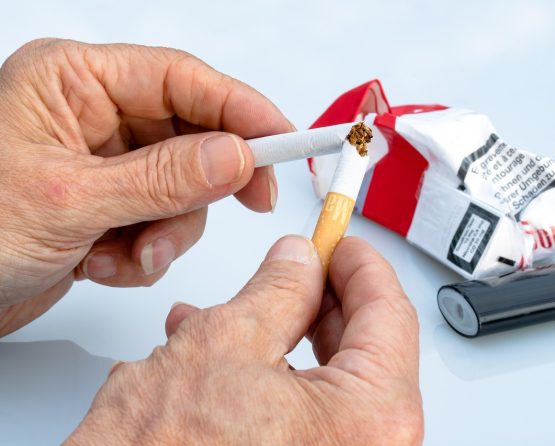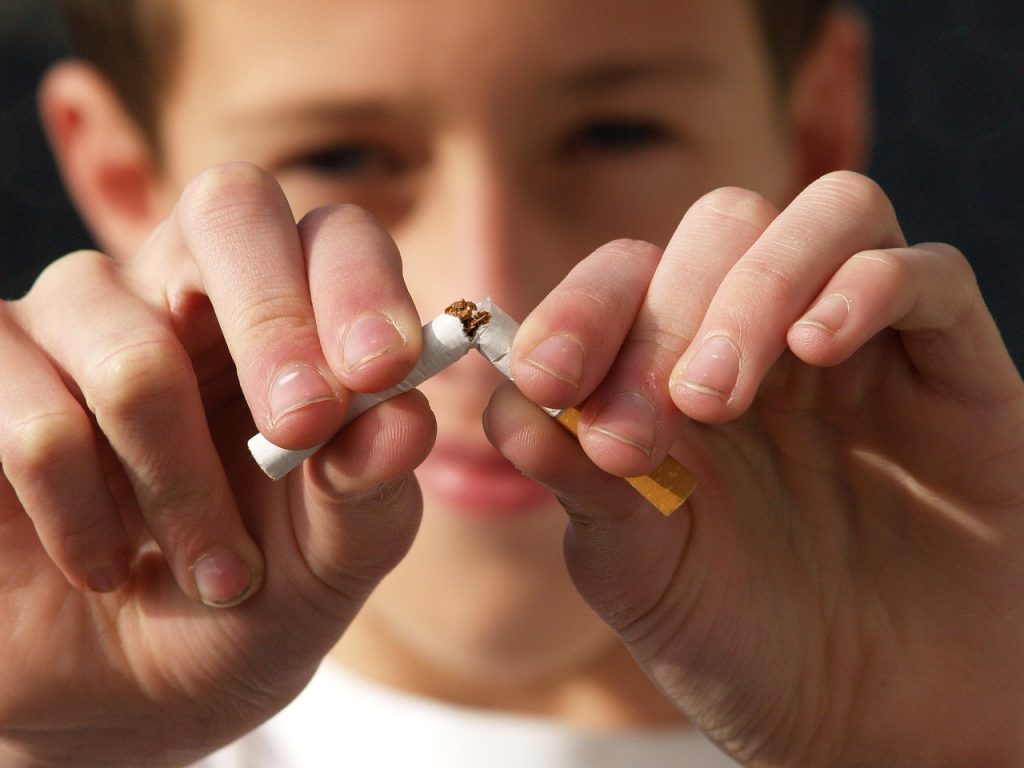I’ve Relapsed Resources
Understanding triggers, cravings and how to get through all of it.

Why and how?
relapse information
Smoking Triggers
known as cravings
When you quit smoking, you may feel strong urges to smoke, known as cravings. These cravings although very intense in the moment, only lasting between 30 seconds to 1 minute but in that moment feel longer and harder to beat…you can!
These can be triggered by stress, boredom, social experiences, life situations & daily routines.
Knowing & understanding your triggers helps you manage cravings when they strike.
A smoking craving is a strong urge or desire to smoke. It happens because your body is used to nicotine, and without it, you feel like you need a cigarette.
When you know your triggers you can avoid situations that make you want to smoke. It also prepares you to handle cravings when they happen, making it easier to stay on track.
Routine triggers
Everyday associations with your behaviour.
- Drink Coffee/Tea/Alcohol
- Travel/drive or walk somewhere
- Wait for the bus, train or a ride
- Take a break at work
- Finish eating (after a meal)
- On the phone
- Watch TV or relax at home
- Wake up in the morning or before going to bed
Emotional triggers
Cravings increase in association with your moods and emotions.
- Bored or restless
- Angry/frustration
- Sad or low in mood
- Depression
- Excited or happy
- Stressed or under pressure
- Anxious, worried or nervous
- Lonely
- The cigarette was my best friend, always there for me
Situation triggers
Certain places make you want to smoke more.
- I am with other smokers at work, at home or in social settings
- I am offered a cigarette
- I drink alcohol
- I see other people smoke
- I smell cigarette smoke
- I am socialising with friends or family
These feelings are a normal part of quitting but can make cravings even more powerful.
The symptoms of nicotine withdrawal usually appear 2–3 hours after last intake of nicotine and peak in 2–3 days.
Many people find withdrawal symptoms disappear completely after two to four weeks, although for some people they may last longer.
Tips to handle triggers and cravings
When you’re quitting smoking, planning is key. Having a strategy in place can make all the difference in helping you stay smoke free.
Cravings from withdrawals
The cravings are powerful but if you stay strong they do pass.
- Irritable
- Restless
- Reduced Concentration
- Have strong urges to smoke, especially at times in the day when you used to have a cigarette
- Insomnia/sleep disturbance
- Feeling hungrier/ Gaining Weight
- Anxious, lonely or depressed

Plan for tricky situations
Think about moments that may make you want to smoke.
- Take your break at a different time
- Go for a walk instead
- Vape, if that’s part of your plan
Or if someone offers you a cigarette, be ready with a response. Practise saying things like:
- “No thanks, I don’t smoke anymore.”
- “I’m quitting for my health.”
- “I’m smoke free.”
Change your habits
The cravings are powerful but if you stay strong they do pass.
- Break habits tied to smoking (for example, swap coffee for juice in the morning).
- Avoid places and people that trigger smoking, especially in the early days.
- Alcohol weakens self-control and makes cravings harder to resist. Try opting for non-alcoholic drinks when you’re out, especially during the first 28 days of quitting.
- If your commute triggers an urge to smoke, try taking a different route to work, or listening to new music to change your focus.
- Instead of smoking after a meal, try chewing minty gum or brushing your teeth.

Build a Support System
- Spend more time with friends who don’t smoke. They’ll help you stay focused and might even join you in activities that keep you smoke free.
- Get a quit buddy. Whether it’s a friend, family member, or someone else who’s also quitting, having someone to share the journey with can keep you motivated.
- Ask your friends and family to keep you distracted. For example, when you have a strong craving, call a friend to encourage and support you.
Friends and family don’t always know the best way to support you.
Keep yourself busy
Cravings usually only last a few minutes, so have a distraction ready.
- Play an online game, try a riddle, or do a simple workout. For example, every time you get a craving, why not try a few push-ups or sit-ups?
- Keep your hands busy with a fidget spinner.
- Listen to music to change your mood and break the craving cycle.

Manage stress
Cravings can come when you’re stressed. Practice stress-relief techniques to stay in control when cravings hit. Try this simple 4-5-6 breathing exercise to calm yourself:
- Breathe in through your nose for 4 seconds
- Hold for 5 seconds
- Breathe out through your mouth for 6 seconds
Stay motivated
If you’re tempted by “just one,” remember that even a single cigarette is harmful. Every cigarette takes minutes from your life. Stay strong!
Create a smoke-free environment
Keep temptation at bay. Throw away your cigarettes, lighters and ashtrays and make sure you’ve got your stop smoking products ready. Show smoking that you mean business!
When cravings hit, try saying these to yourself:
- “I’m stronger than this.”
- “Cravings last a few minutes, but my health is forever.”
- “I refuse to give in to smoking.”
- “Not one puff ever (N.O.P.E.).”
Ring to have
a Friendly chat
01752 437 177
Becoming smoke free on your own is challenging, reach out for help and you are more likely to succeed.
You can do it
Other people relapse and are still successful on their smoke free journey in Plymouth.
-

Read Clifford’s Smokefree Story
Clifford is feeling so much healthier and wealthier.
-

Read Sandra’s Smokefree Story
I can go straight up that hill without stopping or feeling breathless.
